Molluscum in Kids: Signs, Causes, and Treatment Options
If you've noticed small, painless bumps on your child's skin, it's worth considering molluscum contagiosum. This common viral infection often raises concerns among parents, especially given how easily it spreads. While the bumps are typically harmless and might resolve on their own, understanding the signs, causes, and available treatment options can provide peace of mind. You might be wondering what steps you can take to manage this condition effectively. Let's explore how to identify molluscum and what you can do to help your child.
Understanding Molluscum Contagiosum
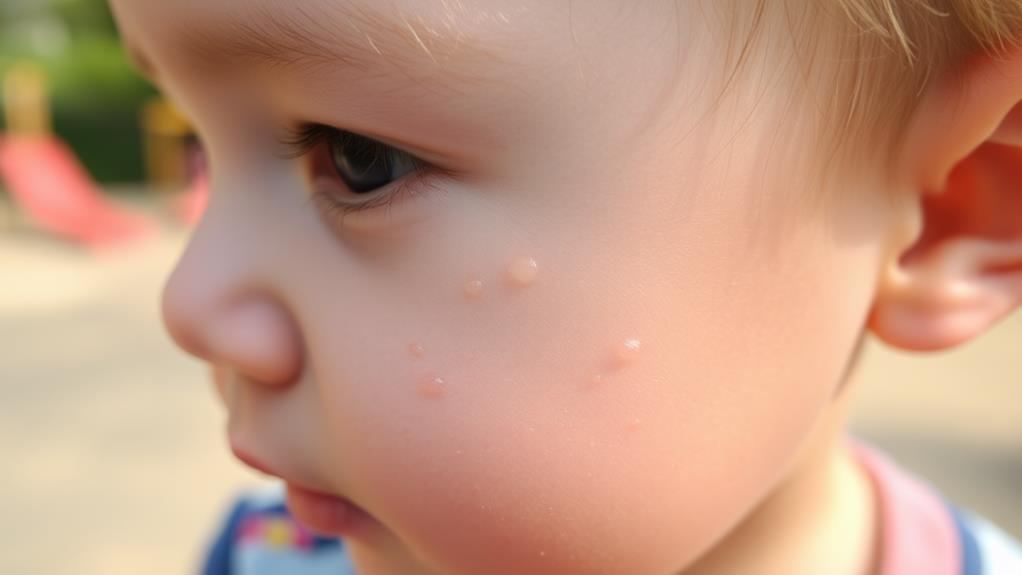
Molluscum contagiosum is a common skin condition caused by a viral infection, particularly affecting children. You might notice small, round bumps that can pop up on the skin, and while they can look a bit odd, they're usually harmless. The virus spreads through skin-to-skin contact, so it's easy for kids to catch it while playing or sharing toys.
Don't worry too much, though! Most of the time, these bumps don't hurt or itch. They might seem a little annoying, like that one pesky mosquito buzzing around your room at night.
The good news is that molluscum often goes away on its own, usually within six to twelve months. However, sometimes, it can take longer, like waiting for a cake to bake.
It's important to keep an eye on the bumps and avoid scratching them, as that can spread the virus to other parts of the body or even to other people. If you're concerned, a doctor can help you decide if treatment is necessary.
Common Symptoms in Children
One of the most noticeable signs of molluscum contagiosum in children is the appearance of small, flesh-colored or pearly bumps on the skin.
These bumps can pop up anywhere on the body, but you'll often find them on the face, neck, arms, or legs. They're usually painless, which is a relief, but they can be itchy, leading to some scratching and discomfort.
You might notice that some bumps have a small dimple in the center. This dimple can be a telltale sign of molluscum. The bumps can vary in size, from tiny dots to larger ones, and they might cluster together, looking like a mini mountain range on your child's skin.
While the bumps may seem harmless, it's important to keep an eye on them. Sometimes, they can get red or inflamed, especially if your child can't resist scratching them.
The good news is that molluscum isn't serious, and most kids will clear it up on their own within a few months to a couple of years. So, if you see those little bumps, don't panic—just keep an eye on them!
How Molluscum Spreads
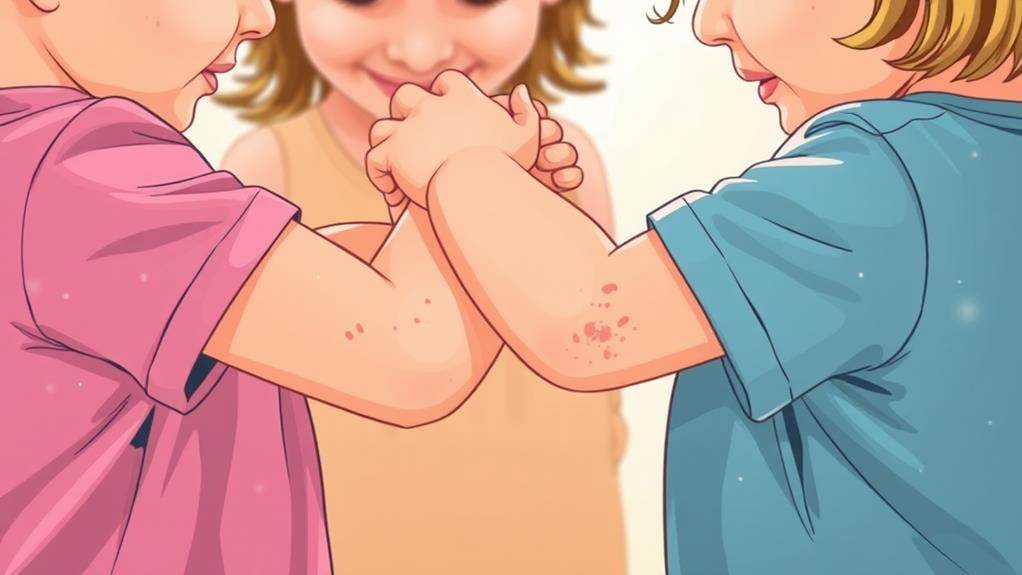
The bumps associated with molluscum contagiosum might raise questions about how they spread. You might be surprised to learn that this virus is pretty contagious! When a child with molluscum touches or scratches the bumps, the virus can easily spread to other parts of their body or even to someone else.
So, if your little one is playing with friends, sharing toys, or even having a good old-fashioned wrestling match, it's possible for the virus to hop along!
Molluscum can also spread through direct skin-to-skin contact, like hugging or holding hands. Sharing personal items like towels, clothes, or swimming gear is another sneaky way the virus can travel. Imagine a towel playing tag—no one wants that!
Kids who've weakened immune systems may be more likely to catch the virus, so it's important to keep an eye on hygiene. Encourage your child to wash their hands often and avoid touching any bumps they might see.
Risk Factors for Infection
Several factors can increase a child's risk of contracting molluscum contagiosum.
First off, kids who frequently play in close quarters, like at daycare or during sports, have a higher chance of exposure. Since the virus spreads through skin-to-skin contact, those playdates can be a bit of a risk!
Another factor is age. Children between the ages of 1 and 12 are more prone to this pesky infection. Their immune systems are still developing, which makes it tougher for them to fight off infections.
Also, if your child has eczema or other skin conditions, their skin might be more susceptible to the virus.
Living in warm, humid environments can also play a part. The virus tends to thrive in these conditions, so if you live in a tropical paradise, keep an eye out!
Finally, sharing personal items like towels or toys can make it easier for the virus to spread.
Understanding these risk factors can help you keep your little ones safe and sound. Remember, knowledge is power! And with a little caution, you can help your child avoid the unwelcome visit from molluscum.
Diagnosis by Healthcare Professionals
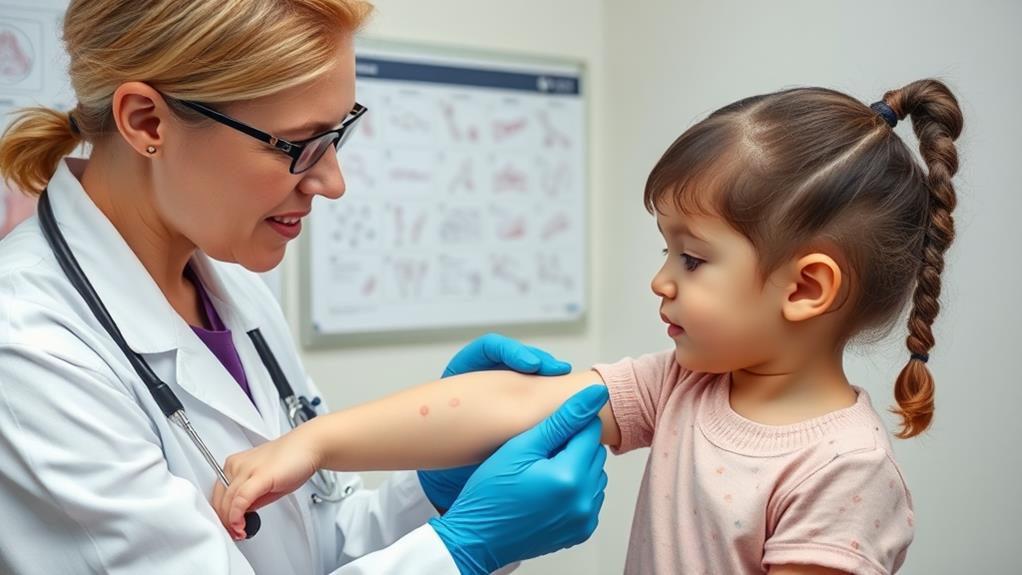
When it comes to diagnosing molluscum contagiosum, healthcare professionals typically rely on a physical examination of the skin.
They'll look closely at those pesky little bumps to see if they match the typical appearance of molluscum. These bumps are often small, raised, and can have a dimple in the center, resembling tiny pearls. Pretty neat, right?
Sometimes, your doctor might ask questions about the bumps, like when they first appeared or if they've spread. This helps them understand the situation better.
Don't be surprised if they also check for other skin conditions, just to be thorough. It's like a mini skin detective show!
In rare cases, a healthcare professional might take a small sample of the bump to confirm the diagnosis. This is usually done if they're unsure and want to rule out other skin issues.
But don't worry, it's quick!
Home Care Strategies
Often, parents wonder about effective home care strategies for managing molluscum contagiosum in kids.
First things first, keep those pesky bumps clean and dry. Gently wash the affected areas with mild soap and water daily. It's like giving the bumps a little spa treatment! After washing, pat the skin dry with a soft towel. Avoid rubbing, as that can irritate the skin and spread the virus.
Next, encourage your child not to scratch or pick at the bumps. I know, easier said than done, right? You might want to keep their nails short and clean, just in case they can't resist. Consider using a bandage over the bumps during playtime to remind them to leave it alone.
Also, make sure your child wears loose clothing to avoid irritation. Tight clothes can rub against the bumps, making them worse.
And don't forget to wash your child's hands often! This simple habit can help prevent spreading the virus to other parts of their body or to friends.
Medical Treatment Options
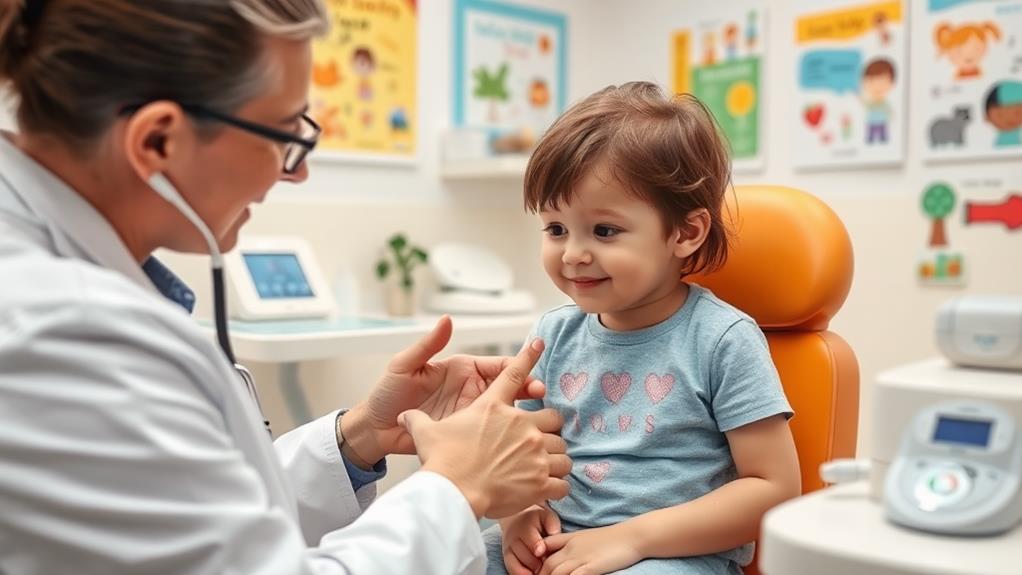
If home care strategies aren't enough to manage molluscum contagiosum, you might consider medical treatment options. Your doctor can help you decide the best approach for your child.
One common method is cryotherapy, which involves freezing the bumps with liquid nitrogen. It sounds a bit chilly, but it's usually quick and effective!
Another option is topical treatments, like cantharidin or imiquimod. Cantharidin is a liquid applied directly to the bumps, causing them to blister and eventually fall off.
Imiquimod is a cream that helps your child's immune system fight off the virus. It might take a little longer, but it's a good choice for some kids.
Then there's curettage, where a doctor gently scrapes off the bumps. It's a bit more invasive, but it can work wonders.
Finally, laser therapy is another option for stubborn cases, using focused light to destroy the bumps.
Remember to talk to your doctor about the right choice for your child. They'll guide you through the process, ensuring your little one's skin is back to normal in no time.
After all, nobody wants those pesky bumps hanging around!
Preventing Molluscum Contagiosum
After exploring medical treatments for molluscum contagiosum, it's important to focus on prevention to keep your child from getting infected in the first place. Prevention isn't just about avoiding doctors' offices; it's about creating habits that help your child stay healthy and happy.
First, encourage your little one to wash their hands often, especially after playing outside. Soap and water are like superheroes against germs!
If your child has molluscum, remind them not to scratch or pick at the bumps. This can spread the virus to other parts of their skin or to friends.
Also, limit sharing personal items like towels, clothing, or sports gear, as these can be sneaky carriers of the virus. When your kiddo is at the pool or beach, make sure they're wearing swim trunks instead of sharing, and keep an eye on their friends, too!
Lastly, talk to your child about keeping their skin clean and dry. Moisture can make things worse.
With these simple steps, you can help protect your child from molluscum contagiosum and keep those pesky bumps at bay! Remember, prevention is always easier than treatment!
When to See a Doctor

Knowing when to see a doctor for molluscum contagiosum can make a big difference in your child's comfort and health. If your child develops these small, raised bumps that don't seem to go away, it's time to pay a visit to the pediatrician. Sure, molluscum is usually harmless, but you want to be sure it's not something else.
If the bumps start to spread quickly, or if your child's skin becomes red, swollen, or painful, don't hesitate to call your doctor. It's also a good idea to seek help if your child has a weakened immune system, as they might need special care.
Sometimes kids can be picky about how things look, so if they're feeling self-conscious or upset about the bumps, a doctor can help with treatment options. Don't worry; there are ways to handle it!
Lastly, if your child's bumps are itching like crazy, that's another reason to check in with a professional.
Managing Discomfort and Itching
Managing discomfort and itching from molluscum contagiosum can be challenging for both you and your child. The first step is to keep your child's skin clean and dry. Regular baths help, but avoid scrubbing the affected areas too hard, as that can make things worse.
After bathing, gently pat the skin dry with a towel—no need for roughness here!
To relieve itching, you can try over-the-counter antihistamines. They can help your child feel more comfortable, especially at night. Applying a cool compress for a few minutes can also soothe that annoying itch.
Just remember, scratching can lead to infections, so remind your child to keep their hands off those pesky bumps!
You might also want to dress your child in loose, breathable clothing. Tight clothes can irritate the skin further.
If the discomfort seems severe, don't hesitate to talk to your doctor. They might suggest a prescription cream to help reduce itching and inflammation.
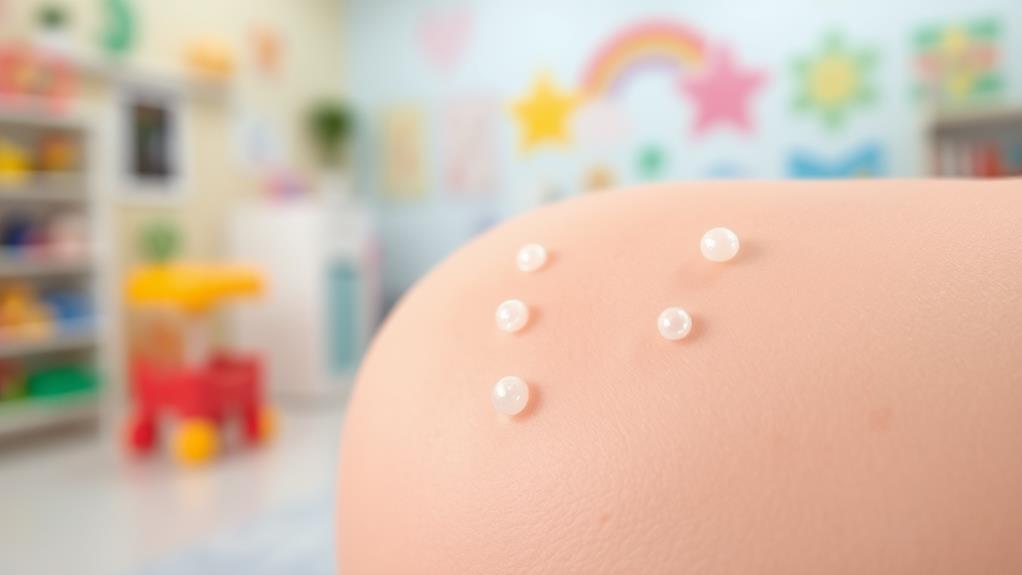
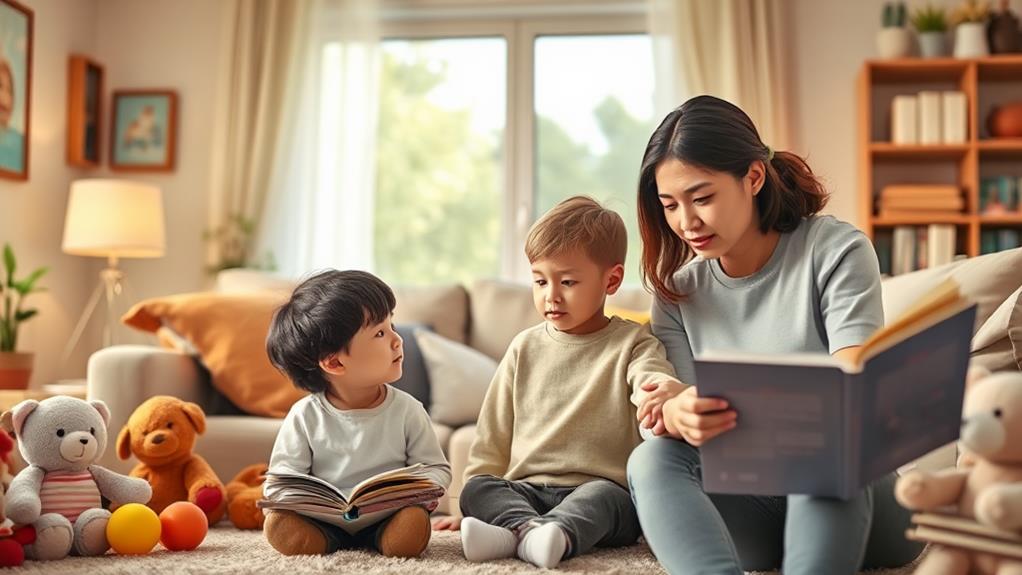
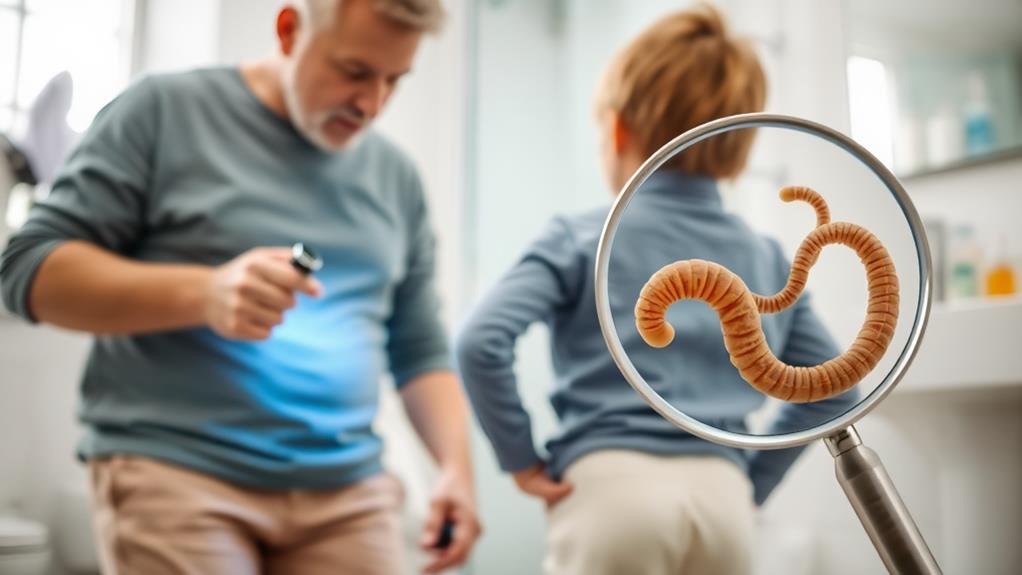



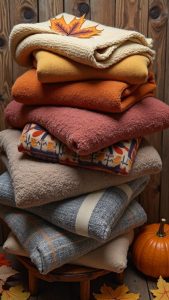


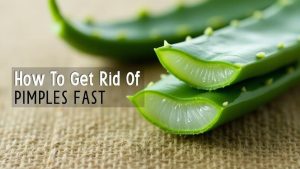



Post Comment